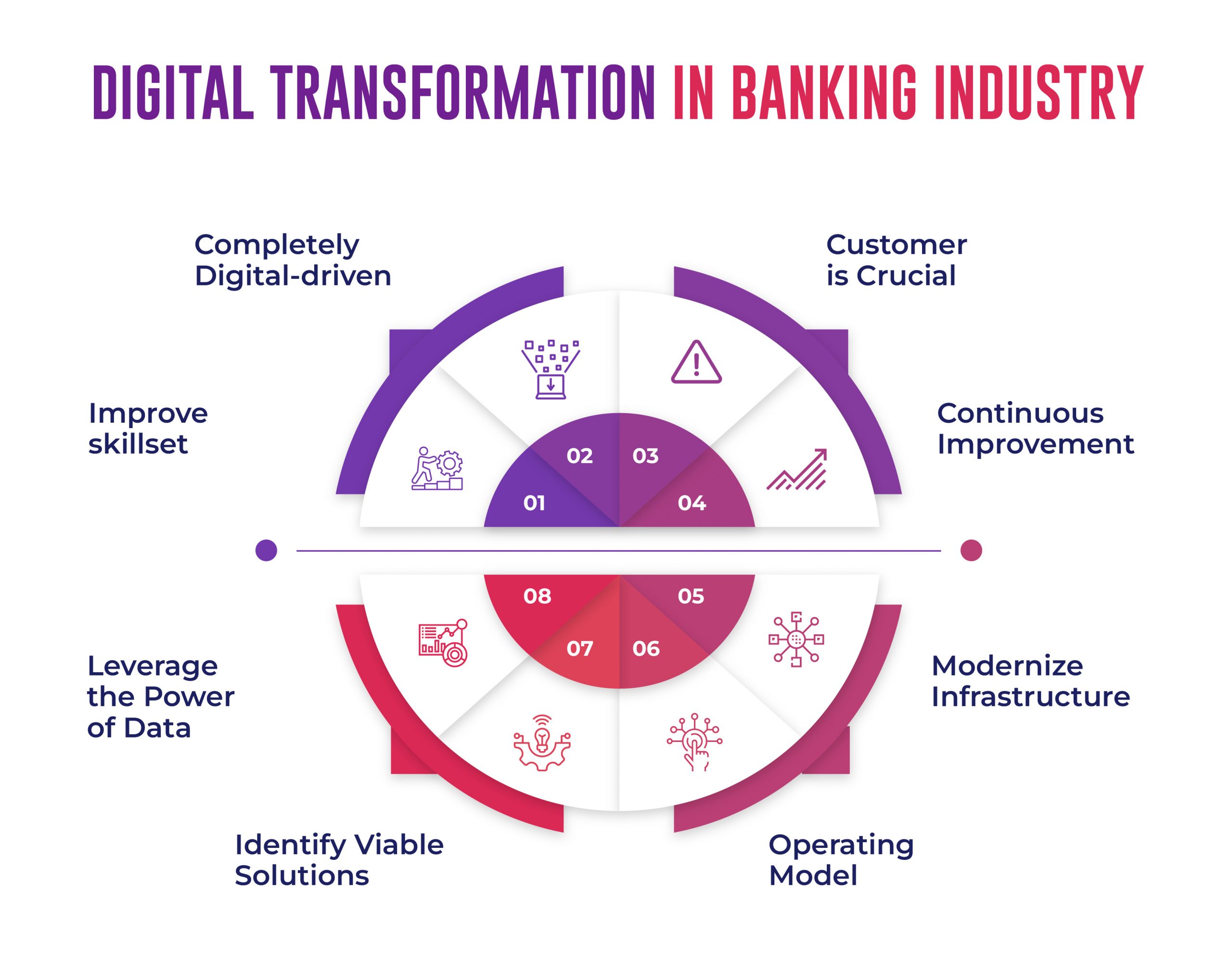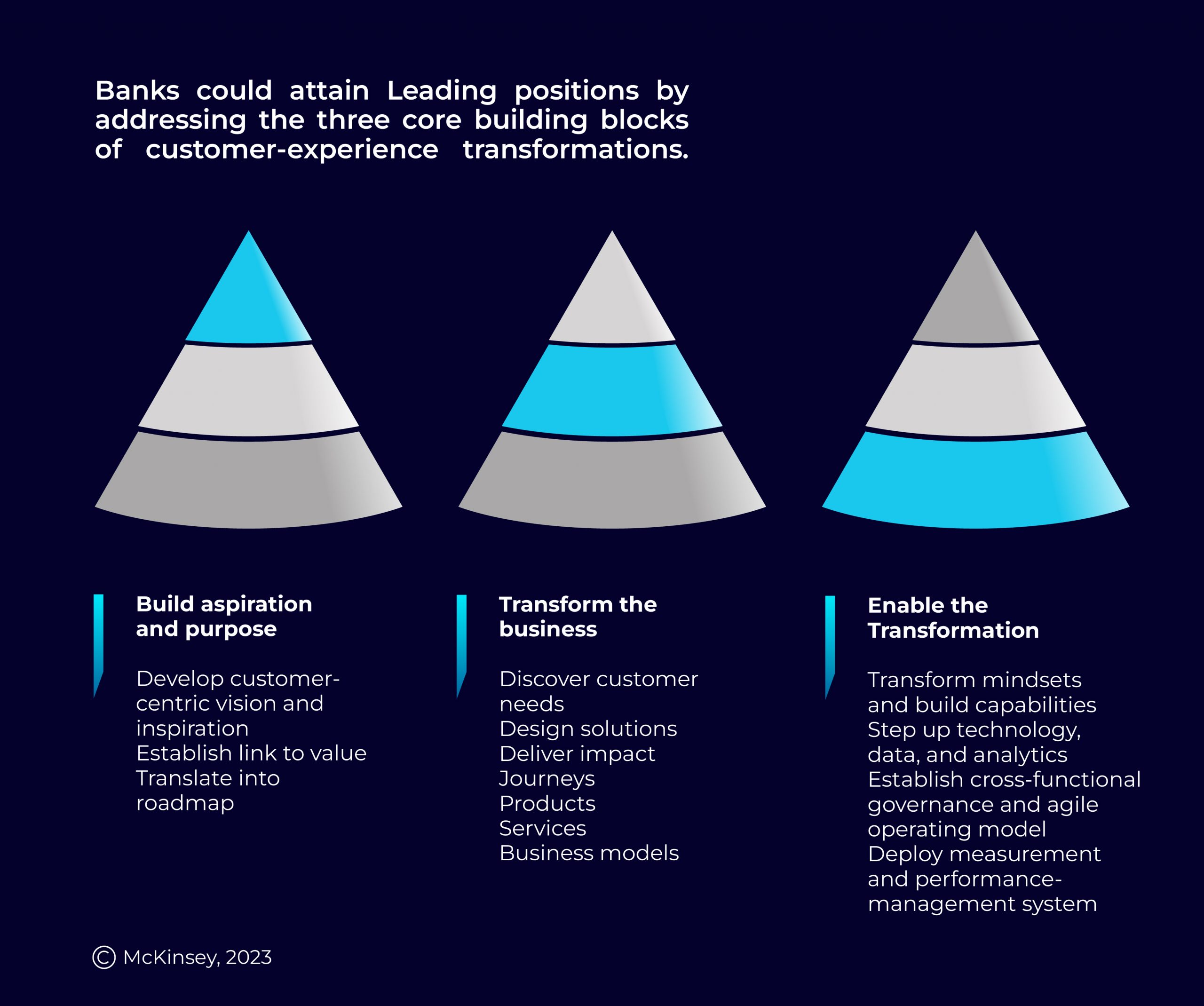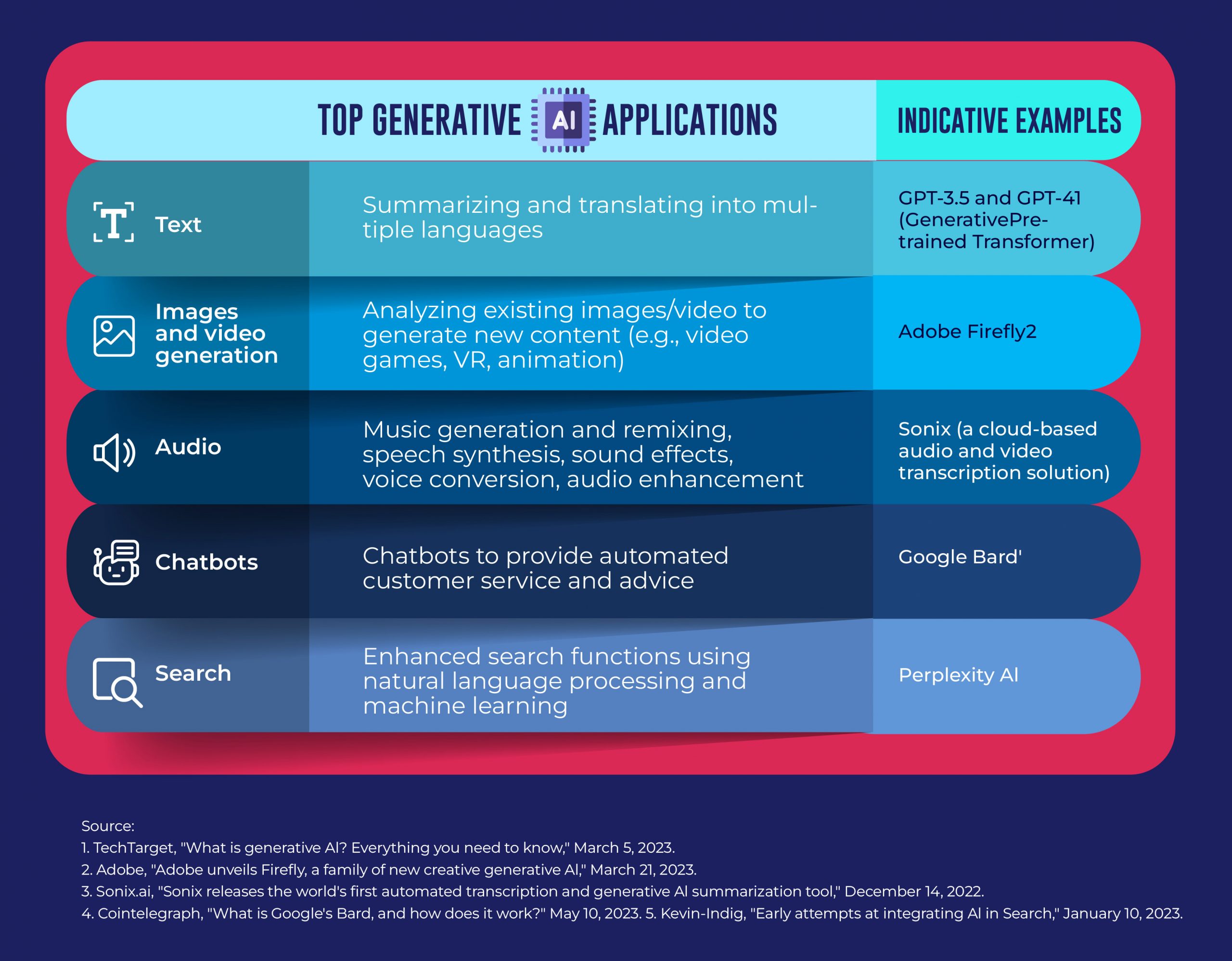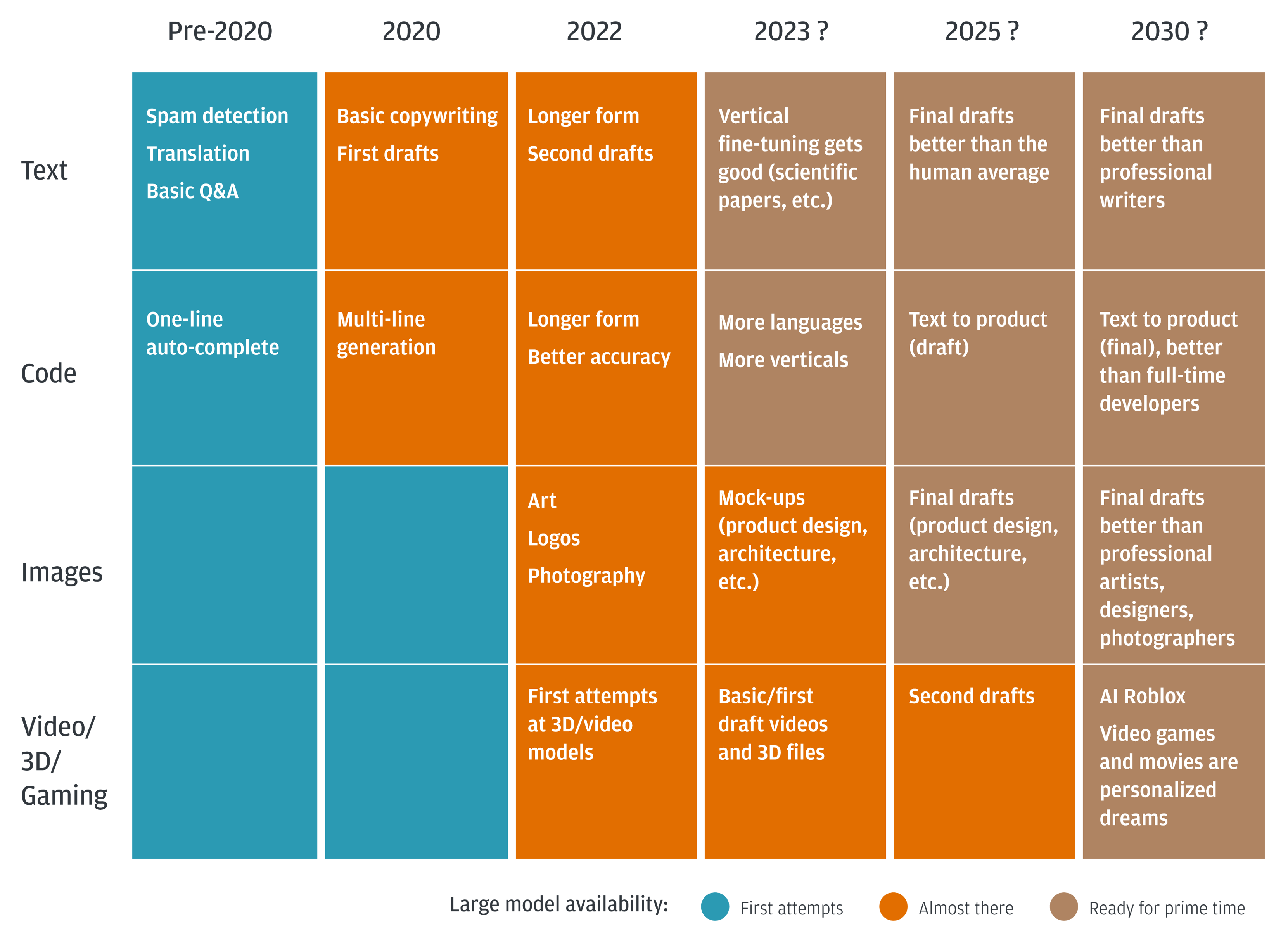The Role of Digital Operations Solutions in Fintech Landscape

The landscape of banking operations has experienced a significant evolution over the years. In the past, banking operations were predominantly manual and paper-based, with long processing times and limited accessibility. However, with the advent of technology, the banking sector has undergone a paradigm shift, and digital operations solutions have become indispensable for banks to stay competitive in the fintech landscape. In this blog, we will explore the transformation of banking operations, the need for leveraging technology to facilitate digital operations, the accelerating role of GPT AI, the challenges ahead, and possible solutions for leading banks to address these challenges.
Enhancing Digital Operations Management
Partnering with mature BankTech companies like Maveric, who offer comprehensive competencies in finding niche growth opportunities and capitalizing through digital operations, has brought competitive differentiation for leading BFSI firms.
The Past and the Present: A Transformation in Digital Operations Solutions
In the past, banking operations were heavily reliant on physical processes. Customers visited brick-and-mortar branches to carry out transactions, and paperwork was prevalent for account opening, loan approvals, and other financial services. This manual approach took time and limited the scope for innovation and scalability.
In contrast, present-day banking operations have undergone a digital revolution. The rise of technology and the widespread adoption of digital solutions have transformed how banks interact with their customers. Online and mobile banking have become the norm. Customers can access their accounts, transfer funds, and conduct transactions anytime. Implementing automation and data-driven analytics has streamlined internal processes, resulting in faster, more efficient banking operations.
Leveraging Technology for Digital Operations and Platforms
The entry of nimble fintech companies and evolving consumer expectations have heightened the need for traditional banks to embrace technology for digital operations. Fintechs have disrupted the banking landscape by offering innovative and customer-centric solutions that challenge conventional business models. To remain competitive, established banks must adopt digital operations solutions that provide seamless customer experiences, automated back-end processes, and data-driven decision-making.
Digital operations solutions encompass various technologies, including AI-powered chatbots for customer support, blockchain for secure and transparent transactions, robotic process automation (RPA) for automating repetitive tasks, and cloud-based infrastructure for scalable and cost-effective operations. By leveraging these technologies, banks can enhance operational efficiency, drop costs, and deliver a superior customer experience.
The Accelerating Role of GPT AI in Digital Operations Services
GPT AI, powered by advanced natural language processing and machine learning algorithms, has further accelerated the case for embracing technology in digital operations. GPT AI can analyze vast amounts of unstructured data and generate human-like responses, enabling banks to offer personalized and contextually relevant customer interactions. This technology can be deployed across various touchpoints, including customer service, marketing, and compliance, enhancing the overall efficiency of banking operations and creating a more engaging customer experience.
Challenges and Possible Digital Operations Solutions for Leading Banks
While digital operations solutions offer numerous benefits, they also present challenges that leading banks must address to stay ahead in the fintech landscape. Some of the key challenges include:
Security and Data Privacy:
With increased digitization, banks face heightened cybersecurity risks and the need to comply with data privacy regulations. Robust security measures and continuous monitoring are essential to safeguard sensitive customer data.
Legacy Systems Integration:
Many established banks still need to rely on legacy systems that can hinder the implementation digital operations solutions. A gradual and strategic approach to modernizing these systems is necessary for seamless integration.
Talent and Skills Gap:
The rapid pace of technological advancements requires a workforce equipped with digital skills. Leading banks must invest in upskilling their employees to ensure they can effectively utilize and manage digital operations solutions.
Customer Education and Adoption:
As banks introduce new digital solutions, they must educate customers about the benefits and usage. Proactive customer engagement and support are vital to driving adoption.
Conclusion
In the dynamic fintech landscape, embracing digital operations solutions is no longer optional for banks; it is a strategic imperative. The transformation from manual to digital operations has revolutionized the banking sector, offering increased efficiency, enhanced customer experiences, and a competitive edge. GPT AI, in particular, has played a significant role in accelerating this transformation. While challenges lie ahead, leading banks can address them by prioritizing security, integrating legacy systems, upskilling their workforce, and ensuring customer education and adoption. By embracing technology-driven digital operations solutions, banks can secure their position as industry leaders and effectively cater to their customer’s evolving needs and expectations.
About Maveric Systems
Starting in 2000, Maveric Systems is a niche, domain-led Banking Tech specialist partnering with global banks to solve business challenges through emerging technology. 3000+ tech experts use proven frameworks to empower our customers to navigate a rapidly changing environment, enabling sharper definitions of their goals and measures to achieve them.
Across retail, corporate & wealth management, Maveric accelerates digital transformation through native banking domain expertise, a customer-intimacy-led delivery model, and a vibrant leadership supported by a culture of ownership.
With centers of excellence for Data, Digital, Core Banking, and Quality Engineering, Maveric teams work in 15 countries with regional delivery capabilities in Bangalore, Chennai, Dubai, London, Poland, Riyadh, and Singapore.
View
















